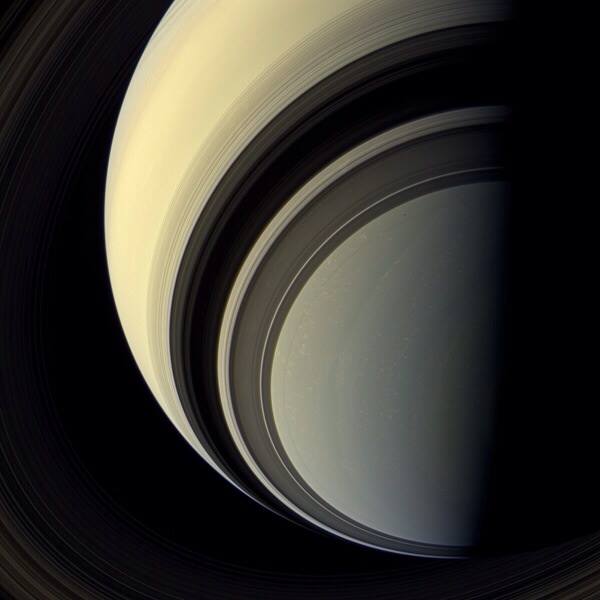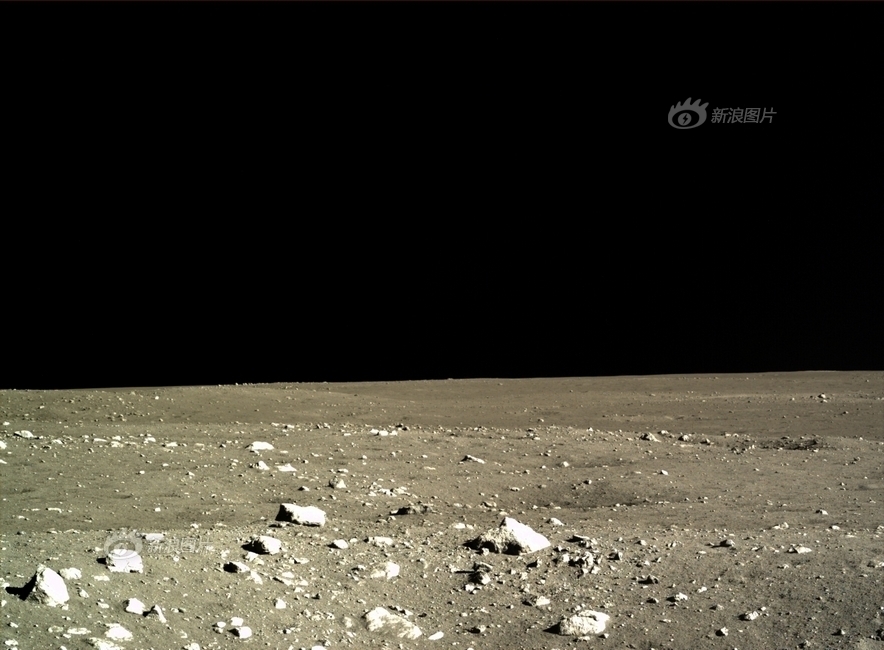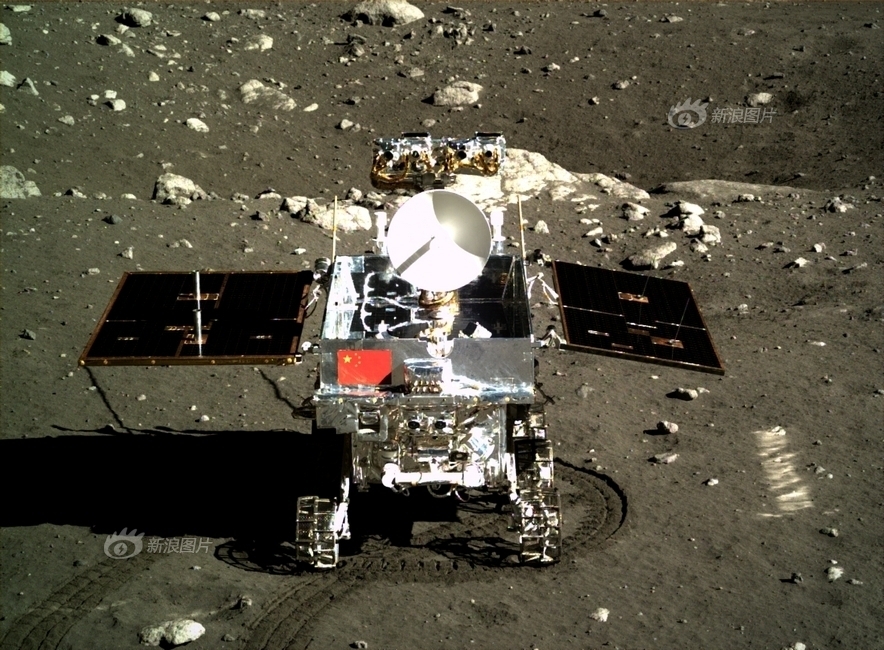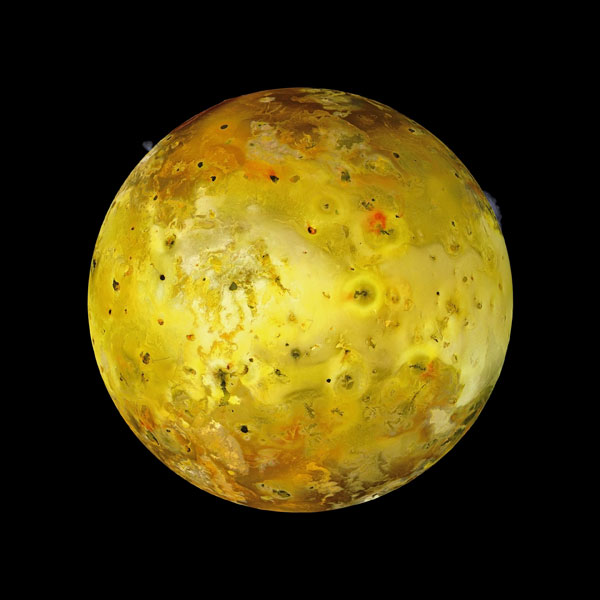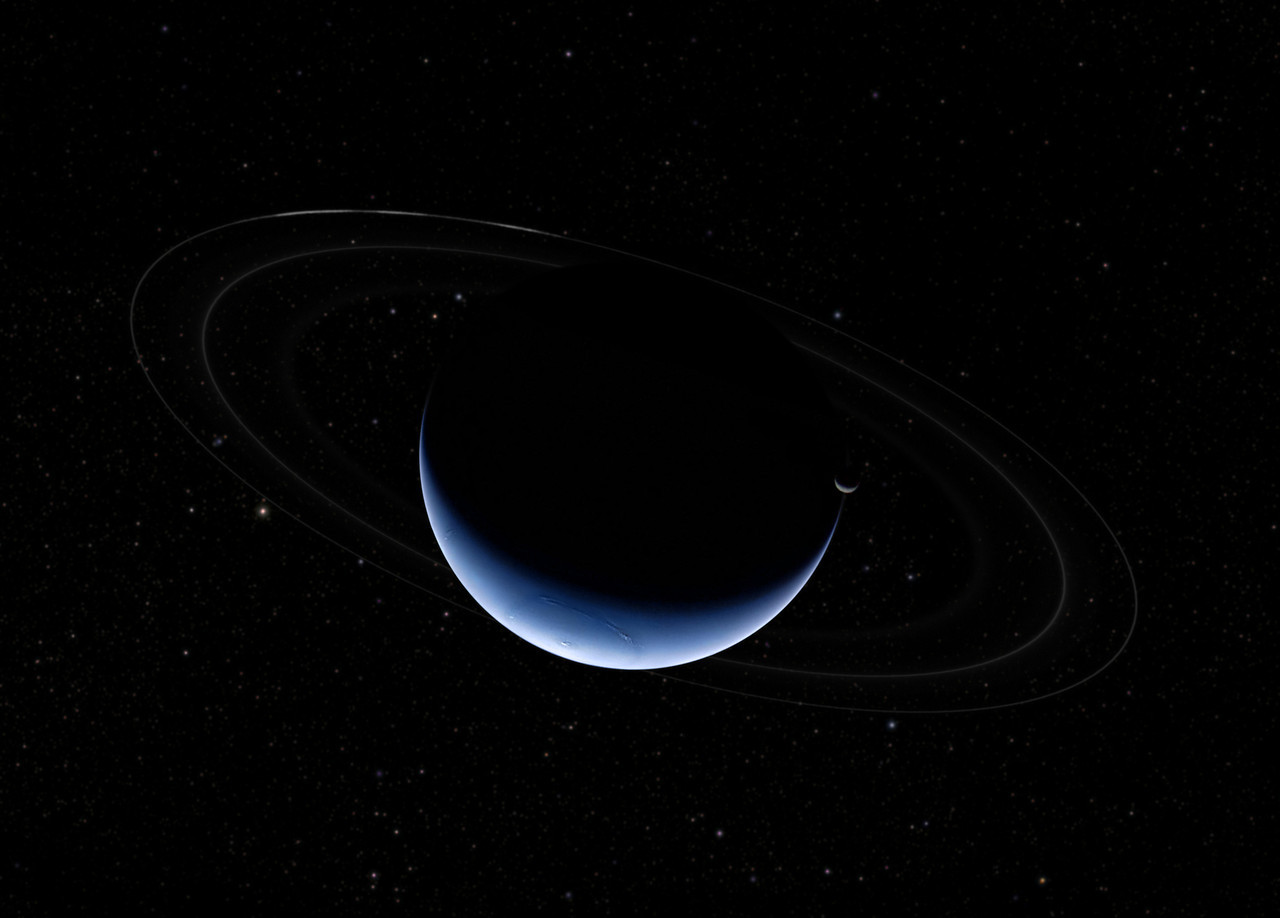 The above is an interesting project to image the full Neptune system based on actual data returned by Voyager. According to the article published along with the image — Rolf Wahl Olsen composed this scene from actual images from the departing Voyager probe. The rings (which were never photographed in their entirety) are based on over-exposed images and then density mapped to a model which was applied to the scene. Even the stars are based on one of the over exposed images of the rings which revealed what the probe would have seen and that field data was inserted from and image generated by Google Sky.
The above is an interesting project to image the full Neptune system based on actual data returned by Voyager. According to the article published along with the image — Rolf Wahl Olsen composed this scene from actual images from the departing Voyager probe. The rings (which were never photographed in their entirety) are based on over-exposed images and then density mapped to a model which was applied to the scene. Even the stars are based on one of the over exposed images of the rings which revealed what the probe would have seen and that field data was inserted from and image generated by Google Sky.
Moon May at Kurzgesagt
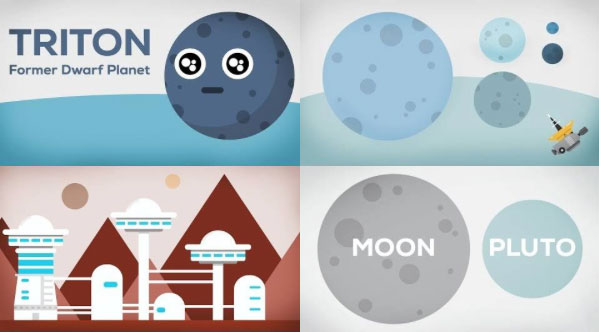 We mentioned these guys a week or so ago. But they just finished Moon May which is a series of animated videos that explore our moon, Mars’ moons, Neptune’s moon Triton and the Pluto system.
We mentioned these guys a week or so ago. But they just finished Moon May which is a series of animated videos that explore our moon, Mars’ moons, Neptune’s moon Triton and the Pluto system.
Check Out Kurzgesagt
Especially if you have kids with an appreciation for science. These guys regularly do great animations that explain complex science — appropriate for all ages. They also promise a series of cool videos about cool moons in our solar system. So far they have only covered our own, next up… Mars’ Deimos and Phobos.
Saturnati XXIX
 Not sure how I missed this one. From a long while back on Gordan Ugarkovic’s Flickr feed.
Not sure how I missed this one. From a long while back on Gordan Ugarkovic’s Flickr feed.
Uranus as Seen from Saturn
 Pretty cool detail caught by two imagers whose work I have been noticing more and more of late. That small blue dot is not Earth, but it is Uranus as it appears from Saturn orbit. Reminds me of this post of our own moon seen with other heavenly bodies within the same frame.
Pretty cool detail caught by two imagers whose work I have been noticing more and more of late. That small blue dot is not Earth, but it is Uranus as it appears from Saturn orbit. Reminds me of this post of our own moon seen with other heavenly bodies within the same frame.
Taken by Cassini on April 11, 2014 and processed by Ian Regan with montage by Val Klavans.
Saturnati XXIIX
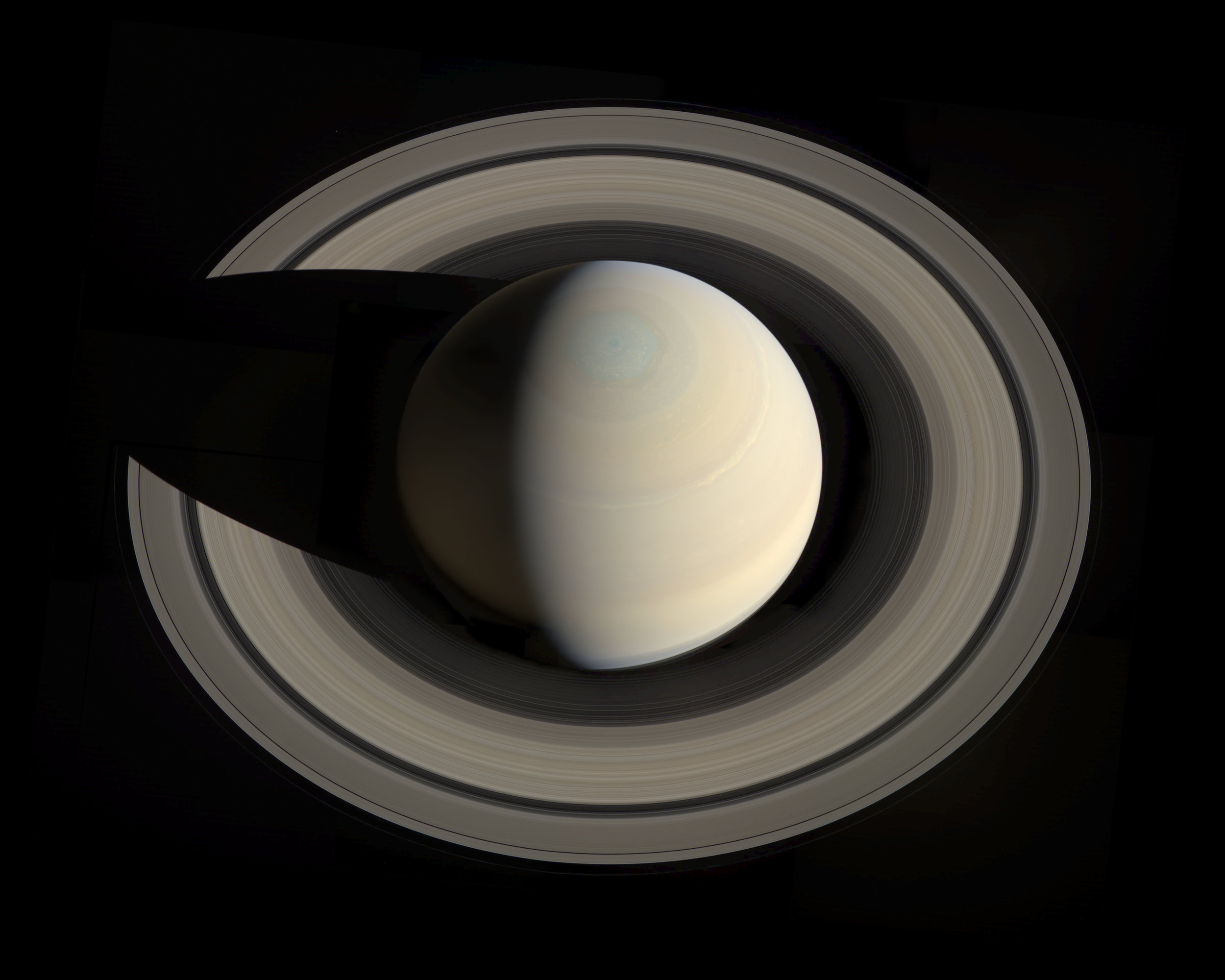 In the words of Gordan Ugarkovic, the unchallenged freelance imager of our time — “On October 10th, Cassini wide-angle camera captured a set of 12 RGB footprints covering Saturn and the rings. Here's an attempt at compositing that data into a mosaic. It's not geometrically accurate, but I tried coaxing the data into at least looking nice”.
In the words of Gordan Ugarkovic, the unchallenged freelance imager of our time — “On October 10th, Cassini wide-angle camera captured a set of 12 RGB footprints covering Saturn and the rings. Here's an attempt at compositing that data into a mosaic. It's not geometrically accurate, but I tried coaxing the data into at least looking nice”.
Saturnati XXVII
Titan and Rhea Together Again
 The last time we saw this reunion was here.
The last time we saw this reunion was here.
Saturnati XXVI
 Another from Ian Regan.
Another from Ian Regan.
Enceladus Lost in the Ring Haze
 The tiny but very active moon Enceladus is seen here lost within the E-Ring of Saturn. The moon, as many of us know, is quite active with cryo-volcanic geysers littered throughout the ridges of the “tiger stripes” found mostly in the moon’s southern hemisphere. Since most of the ejecta from Enceladus is jettisoned fast enough to escape the tiny moon’s gravity, most the material winds up orbiting Saturn itself and is therefore helping over a very long period of time to form Saturn’s E-Ring. This at least partly helps solve the question of where Saturn’s massive ring structure originates.
The tiny but very active moon Enceladus is seen here lost within the E-Ring of Saturn. The moon, as many of us know, is quite active with cryo-volcanic geysers littered throughout the ridges of the “tiger stripes” found mostly in the moon’s southern hemisphere. Since most of the ejecta from Enceladus is jettisoned fast enough to escape the tiny moon’s gravity, most the material winds up orbiting Saturn itself and is therefore helping over a very long period of time to form Saturn’s E-Ring. This at least partly helps solve the question of where Saturn’s massive ring structure originates.
Image by Val Klavans.
Chang’E on the Moon
The first soft-landing on the Moon since the Soviets did it with Luna 24 in 1976.
One of the first views from the lander after it landed on Dec 14, 2013.
The rover Yutu after deployment. See how Chinese state television saw the event here.
Saturnati XXV
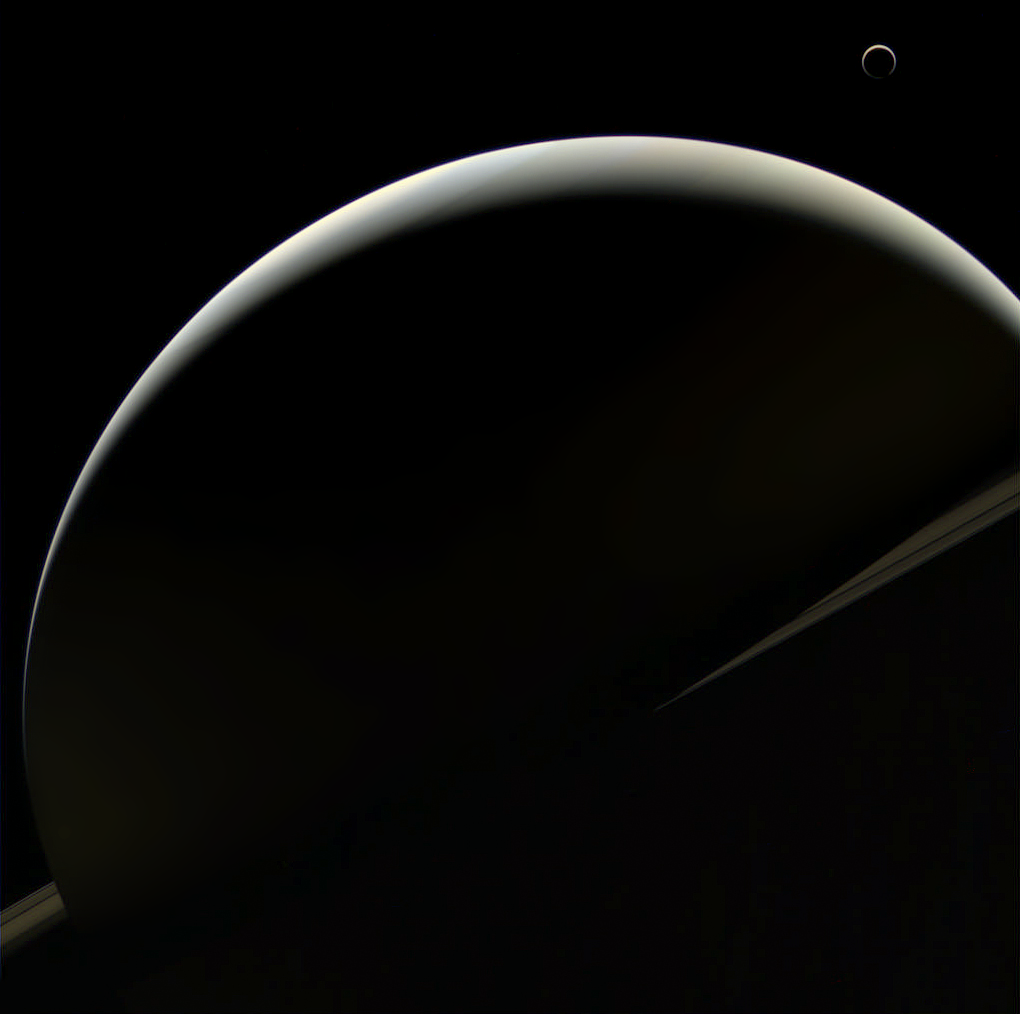 Another from Gordan Ugarkovic.
Another from Gordan Ugarkovic.
D.I.Y. Space Suits
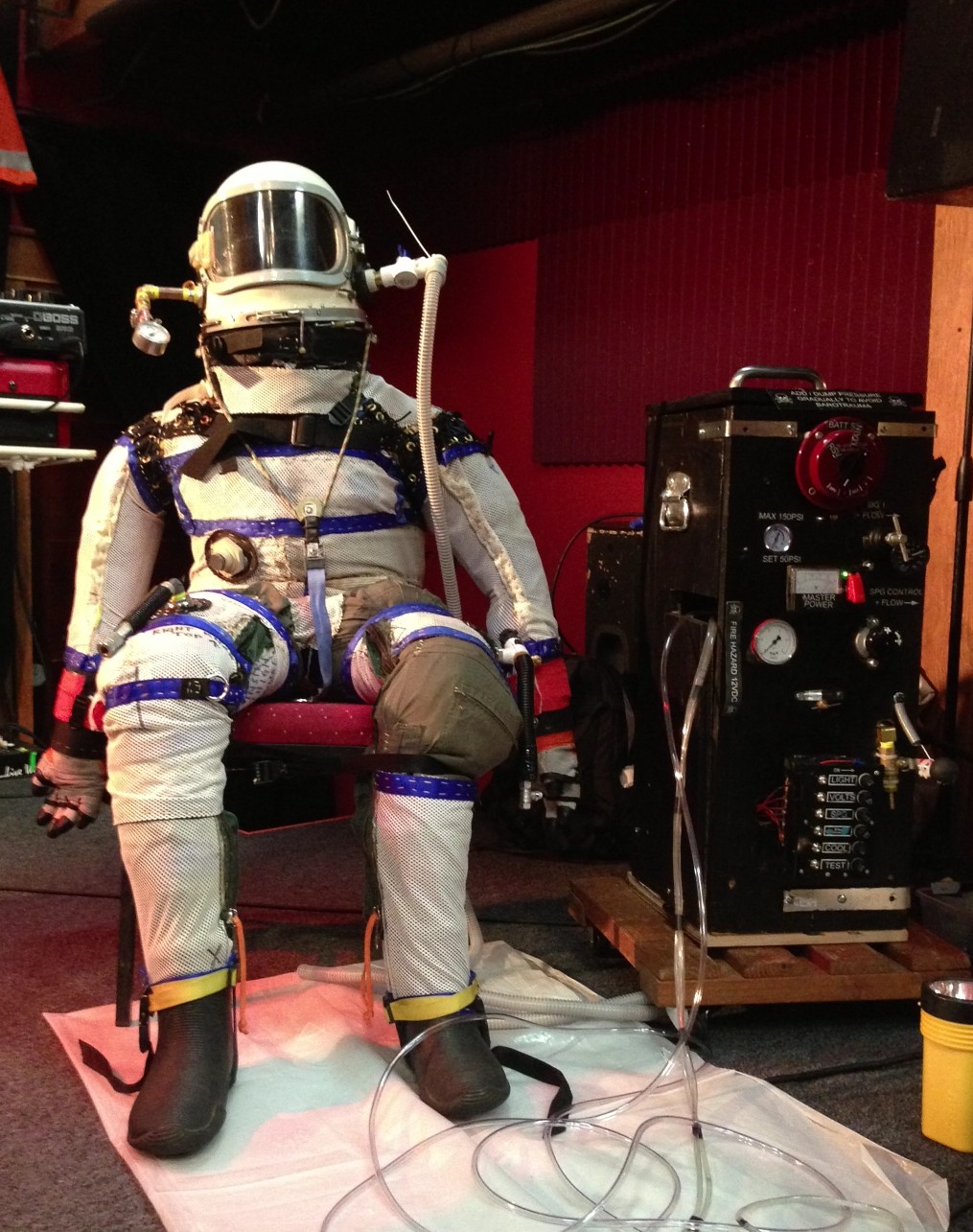 This guy’s space suit runs $2000 versus NASA’s 12 million. But will it work? Check out the podcast 99% Invisible for a great story on how home made space suits have become a real endeavor for enthusiasts the world over.
This guy’s space suit runs $2000 versus NASA’s 12 million. But will it work? Check out the podcast 99% Invisible for a great story on how home made space suits have become a real endeavor for enthusiasts the world over.
Mars Curiosity Parachute Image
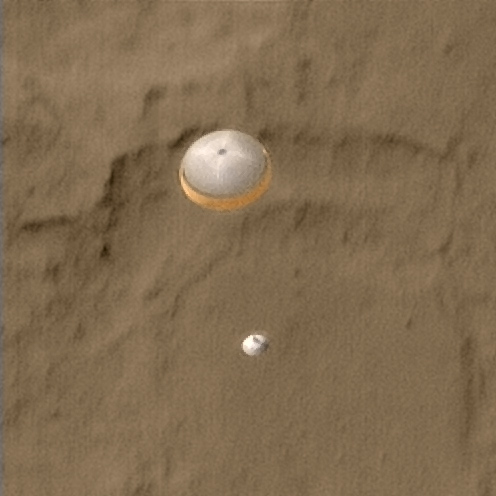 So this is not new, but my lack of activity on WS has me missing many great moments. Since I view this site as more of an archive of amazing space imagery… there is no expiration date on any image. Above is Mars Curiosity as it parachutes to the Martian surface as seen from orbit by Mars Reconnaissance Orbiter. Colorization was added by Ian Regan.
So this is not new, but my lack of activity on WS has me missing many great moments. Since I view this site as more of an archive of amazing space imagery… there is no expiration date on any image. Above is Mars Curiosity as it parachutes to the Martian surface as seen from orbit by Mars Reconnaissance Orbiter. Colorization was added by Ian Regan.
And a semi-recent image from Curiosity of Mount Sharp from August 2013.
Farewell Deep Impact aka Epoxy
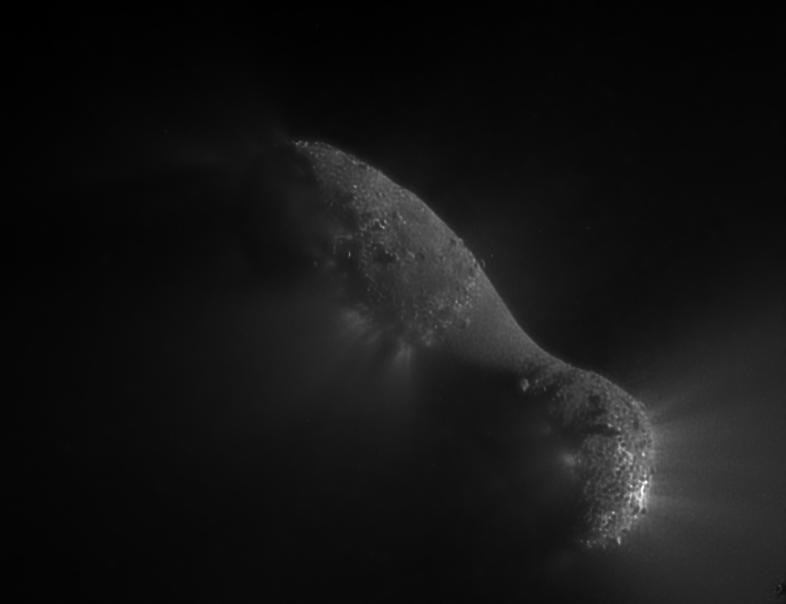 Somehow we missed this image of Comet Hartley in Nov of 2010. Now that the probe that was Deep Impact (known as Epoxy in the extended mission) has passed away, I thought it a good excuse to show this amazing shot which has far more detail than the two we published here previously.
Somehow we missed this image of Comet Hartley in Nov of 2010. Now that the probe that was Deep Impact (known as Epoxy in the extended mission) has passed away, I thought it a good excuse to show this amazing shot which has far more detail than the two we published here previously.
Around Saturn
Around Saturn from fabio di donato on Vimeo.
Bjorn Jonsson’s Massive Voyager Composite
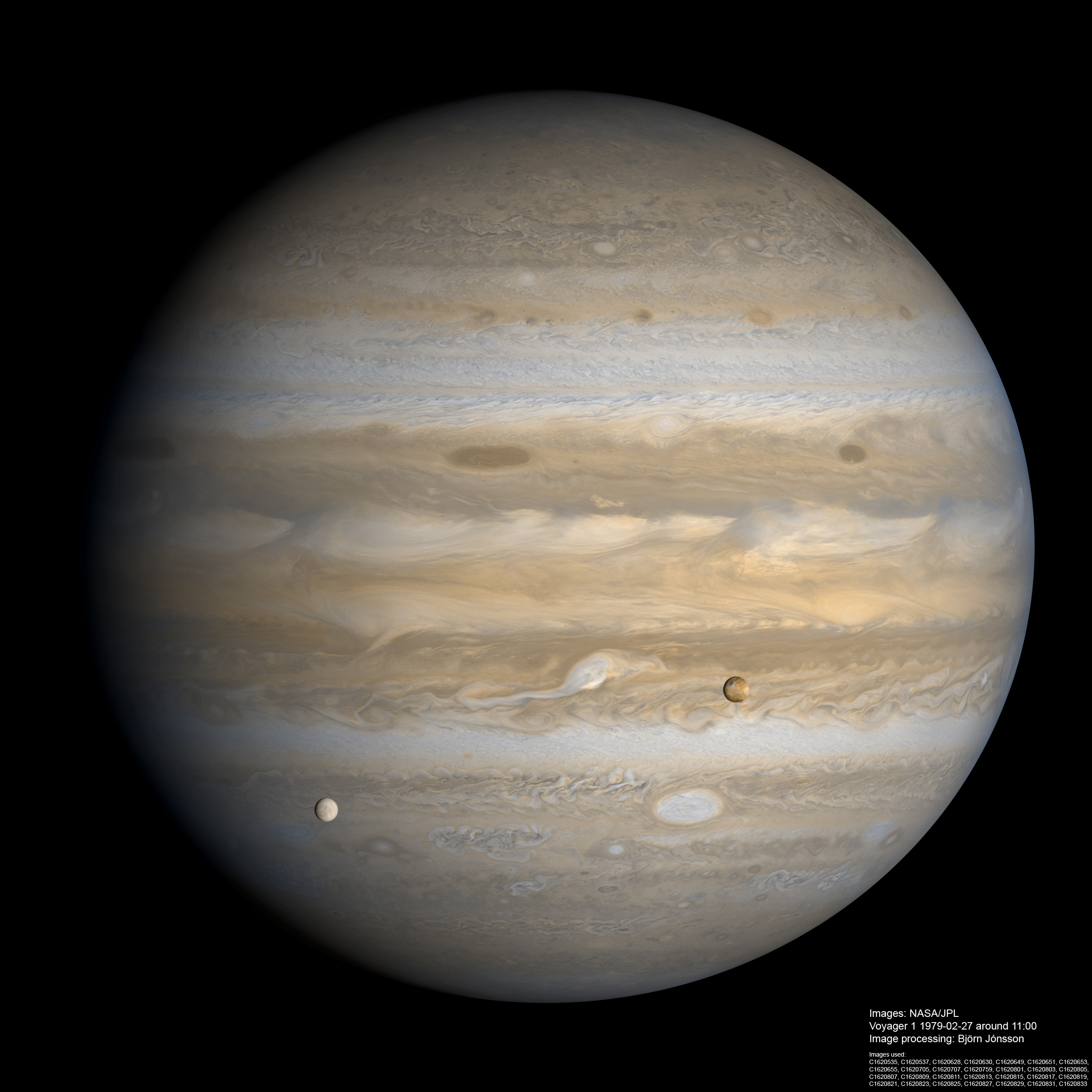 Stunning hi-res composite of Io and Europa transiting the mighty disc of Jupiter. Three of the most fascinating bodies in the solar system in one highly detailed image. You MUST click on the full resolution to see the details that are even apparent on the moons.
Stunning hi-res composite of Io and Europa transiting the mighty disc of Jupiter. Three of the most fascinating bodies in the solar system in one highly detailed image. You MUST click on the full resolution to see the details that are even apparent on the moons.
Created by Bjorn Jonsson.
In Saturn’s Rings Official Trailer
The long awaited official trailer for “In Saturn’s Rings” has been unleashed. Looking forward to this film for over three years now.
Film: Europa Report
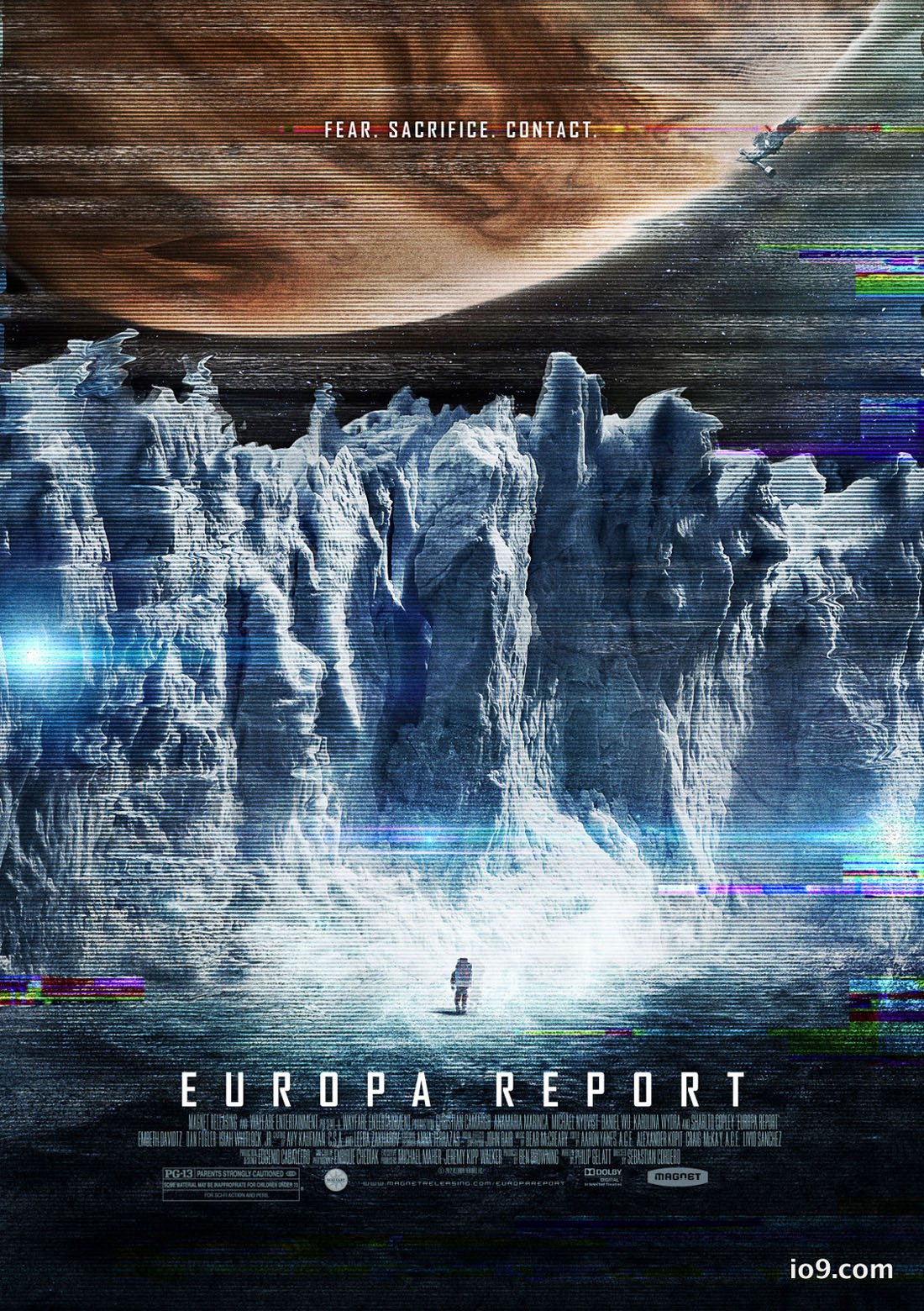 How did I miss this? Europa Report is based upon a future manned mission to Jupiter’s moon Europa. It was developed with mission specialists from NASA — so the details and events depicted are presented in more sciFiFact than in the traditional Hollywood SciFi. Sounds pretty incredible for lovers of real space exploration.
How did I miss this? Europa Report is based upon a future manned mission to Jupiter’s moon Europa. It was developed with mission specialists from NASA — so the details and events depicted are presented in more sciFiFact than in the traditional Hollywood SciFi. Sounds pretty incredible for lovers of real space exploration.
Planetfall
Having followed the activities of a small army of freelance space imagers that lurk in various places on the internet for about 10 years now — it is truly unusual for me to come across images that I know I have not seen before. Michael Benson’s exhibit titled, “Planetfall” at the American Association for the Advancement of Science offers offer fresh views from missions as old as Viking and as new as Cassini. What originally caught my attention was an image of an actively spewing Enceladus that is exposed in both Sun and Saturn shine — a view I have surely seen before, but never so detailed or dramatic. Even more surprising and rare is a new global composite view of Uranus with a complete and continuous ring taken by Voyager almost 30 years ago.
The show ends soon (June 28, 2013) and is located in Washington DC.
